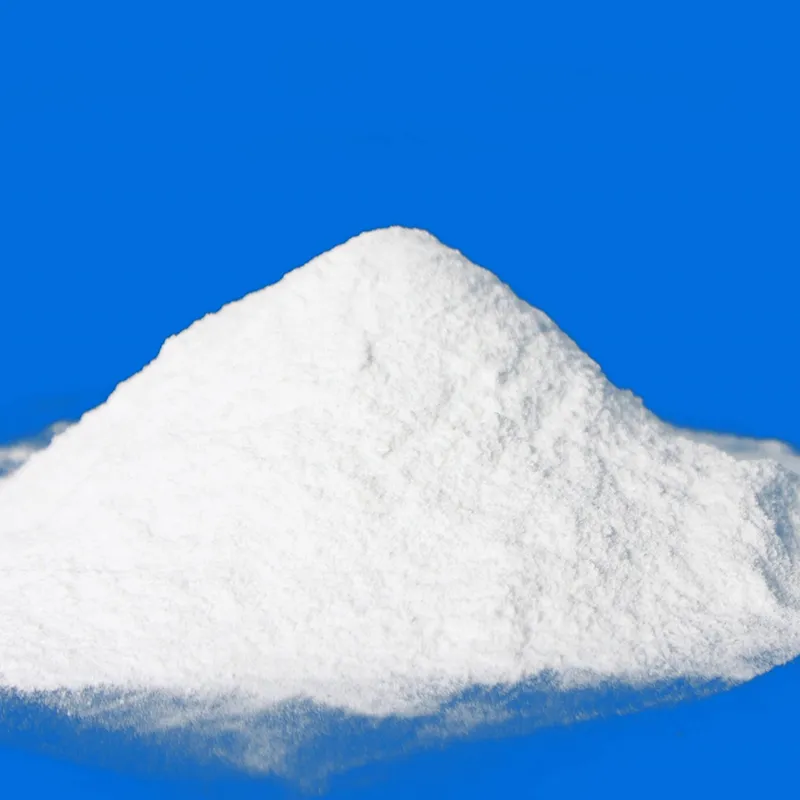
preservative 223
Understanding Preservative E223 Sodium Metabisulfite
Preservatives play a vital role in the food industry, helping to maintain the quality and shelf-life of food products. Among various preservatives, E223, also known as sodium metabisulfite, is notably common. This article explores the properties, uses, safety concerns, and regulations surrounding E223.
What is E223?
E223, or sodium metabisulfite, is an inorganic compound with the chemical formula Na2S2O5. It appears as a white, crystalline powder or granule and has a distinct sulfurous odor. This compound is soluble in water, creating a solution that acts as a reducing agent and an antioxidant. Sodium metabisulfite has been used since ancient times for numerous applications, including food preservation, beverages, and other industrial uses.
Uses in Food Preservation
The primary purpose of E223 in food is as a preservative
. It helps inhibit the growth of bacteria, yeast, and molds, which can spoil food products. E223 is commonly used in1. Dried Fruits It prevents browning and extends the shelf life by inhibiting oxidative enzymes that cause discoloration. 2. Wines and Beers In the winemaking process, E223 acts as a sanitizer for equipment and as an antioxidant to preserve the flavors and aromas of the final product. 3. Canned Foods Sodium metabisulfite helps in maintaining color and flavor integrity. 4. Baked Goods It serves as a dough conditioner, improving the texture and overall quality.
5. Frozen Foods E223 helps prevent spoilage during long-term storage.
preservative 223

Safety and Controversies
While sodium metabisulfite is effective in preserving food, some concerns have been raised regarding its safety, especially for certain individuals. It is known to trigger allergic reactions in some people, particularly those with asthma. Symptoms of sensitivity can include shortness of breath, hives, and gastrointestinal issues.
Regulatory agencies, including the Food and Drug Administration (FDA) and the European Food Safety Authority (EFSA), have evaluated the safety of E223. Both organizations have deemed it safe for consumption within established limits. The acceptable daily intake (ADI) is set to ensure that users do not exceed levels that could pose any health risks. In the EU, for example, E223 is permitted in various food categories but must be labeled when used.
Regulatory Status
In the European Union, E223 is included in the list of authorized food additives under Regulation (EC) No. 1333/2008. Foods containing E223 must indicate its presence on labeling, ensuring transparency for consumers. In the United States, the FDA allows the use of sodium metabisulfite in food products, although products containing more than 10 parts per million (ppm) must declare its presence as it may pose a risk for sensitive individuals.
Conclusion
E223, or sodium metabisulfite, is a widely used preservative that plays a crucial role in the food industry. While it effectively prevents spoilage and maintains food quality, it is essential for consumers to be aware of its potential risks. Regulatory bodies ensure that, when used correctly, E223 is safe for the general population. However, individuals with specific sensitivities should take precautions and read product labels carefully. As awareness grows around food additives, it is vital for consumers to stay informed about what they are eating to make healthy dietary choices.
In summary, E223 serves as an important tool for preserving food freshness and quality. As food safety continues to evolve, understanding the role and impact of preservatives like sodium metabisulfite will be key for both consumers and the food industry.
-
Understanding Synthetic Rubber OptionsNewsApr.27,2025
-
Trichloroisocyanuric Acid: Essential for Clean and Safe WaterNewsApr.27,2025
-
Sodium Dichloroisocyanurate: Key to Safe Water TreatmentNewsApr.27,2025
-
Sodium Acid Pyrophosphate: Essential in Modern Food ProcessingNewsApr.27,2025
-
Essential Water Treatment ChemicalsNewsApr.27,2025
-
Denatured Alcohol and Its Industrial UsesNewsApr.27,2025
-
The Versatile Uses of Sodium BicarbonateNewsApr.24,2025
Hebei Tenger Chemical Technology Co., Ltd. focuses on the chemical industry and is committed to the export service of chemical raw materials.
-

view more DiethanolisopropanolamineIn the ever-growing field of chemical solutions, diethanolisopropanolamine (DEIPA) stands out as a versatile and important compound. Due to its unique chemical structure and properties, DEIPA is of interest to various industries including construction, personal care, and agriculture. -

view more TriisopropanolamineTriisopropanolamine (TIPA) alkanol amine substance, is a kind of alcohol amine compound with amino and alcohol hydroxyl, and because of its molecules contains both amino and hydroxyl. -

view more Tetramethyl Thiuram DisulfideTetramethyl thiuram disulfide, also known as TMTD, is a white to light-yellow powder with a distinct sulfur-like odor. It is soluble in organic solvents such as benzene, acetone, and ethyl acetate, making it highly versatile for use in different formulations. TMTD is known for its excellent vulcanization acceleration properties, which makes it a key ingredient in the production of rubber products. Additionally, it acts as an effective fungicide and bactericide, making it valuable in agricultural applications. Its high purity and stability ensure consistent performance, making it a preferred choice for manufacturers across various industries.











